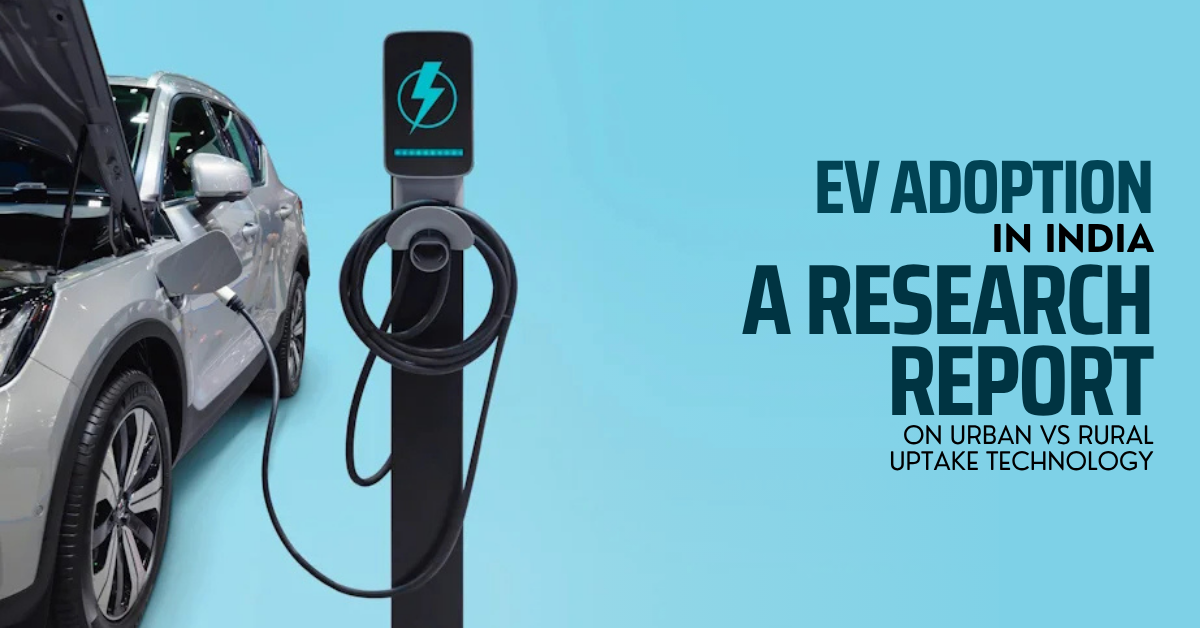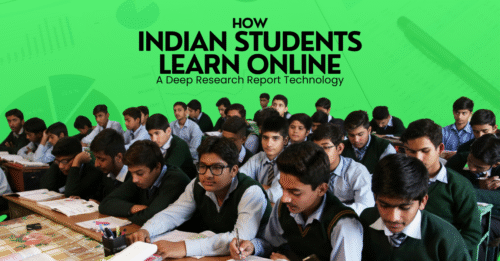🚗 From Buzz to Bharat: India’s Electric Vehicle Story
India’s EV revolution is no longer just a buzzword. It’s happening — right now — across highways, city lanes, and slowly but surely, into the gullies of small towns and rural stretches.
But here’s the real question:
Is the adoption of electric vehicles (EVs) truly pan-India, or is it still stuck in the urban bubble?
Let’s dive into this electrifying research-based journey — comparing urban India’s fast-lane uptake with rural India’s cautious roll-out.
📊 EVs in India: A Quick Snapshot
EV sales in 2024 crossed 15 lakh units — a 50% jump from the previous year
Uttar Pradesh, Maharashtra, and Karnataka are leading EV registrations
The FAME II scheme, state subsidies, and growing charging networks are driving interest
2-wheelers and 3-wheelers make up over 80% of total EV sales
So yes, India’s moving electric. But not all of it — and not at the same speed.
🏙️ Urban India: Charging Ahead with Style
Cities like Delhi, Bengaluru, Pune, and Hyderabad are clearly ahead in the EV race. Why? Because urban ecosystems tick a lot of boxes:
🔋 Better Charging Infrastructure
Malls, offices, gated societies, metro stations — charging points are popping up like chai stalls.
💸 Higher Disposable Income
Urban users can afford EVs as second vehicles, making the transition smoother.
🛵 Rise of EV 2-Wheelers
Brands like Ather, Ola Electric, and TVS iQube are becoming household names in metro cities — especially among the youth.
🌿 Green Lifestyle Aspirations
Urban India is more influenced by sustainability trends, carbon footprints, and yes — Instagrammable lifestyles.
📱 Tech-Savvy Consumers
From finding nearby charging stations to tracking mileage on apps — urban buyers are more comfortable with EV tech.
Result?
More EVs, more awareness, and more early adopters.
🌾 Rural India: Slow, But Curious
Now, let’s take the lens to smaller towns and villages.
The uptake is slower — but not insignificant. In fact, rural adoption is quietly gaining ground, especially in the 3-wheeler and cargo segments.
Here’s what’s driving — and holding back — rural EV adoption.
✅ What’s Working in Rural India:
🚜 Electric Rickshaws & Loaders
EV 3-wheelers are a hit in towns and rural routes. Why? They’re cheaper to run, easy to maintain, and perfect for daily ferrying of passengers and goods.
💰 Cost Savings = Big Appeal
Petrol prices burn rural pockets too. EVs offer serious operational cost relief — especially for daily use.
🔧 Simpler Tech for Simple Needs
Many rural EVs are low-tech, no-frills vehicles. Perfect for users who don’t need AI dashboards — just reliable wheels.
❌ What’s Slowing Things Down:
🪫 Charging Infrastructure Gaps
Charging stations are rare in rural areas. People rely on home sockets, and that slows growth.
❓ Limited Awareness
Many rural consumers still have basic doubts:
“How long will the battery last?”
“What if it stops midway?”
“Can it carry farm goods?”
🤝 Trust Deficit
Traditional ICE vehicles have a legacy. EVs still need to prove themselves in rough terrains, longer routes, and unpredictable usage.
📉 Urban vs Rural EV: What the Data Says
Here’s a simplified comparison chart:
| Factor | Urban India 🚗💨 | Rural India 🚜🔋 |
|---|---|---|
| Charging Infrastructure | Expanding rapidly | Still sparse |
| EV Type Preference | 2-wheelers, cars | 3-wheelers, loaders |
| Consumer Awareness | High | Medium to Low |
| Government Scheme Reach | Well-utilized | Poor penetration |
| Affordability Concern | Lower | Higher |
| Mindset | Lifestyle + cost benefit | Purely economic decision |
| Speed of Adoption | Fast | Slow but picking up |
🔧 What’s Needed to Power Up Rural India?
To ensure EV adoption isn’t just an urban phenomenon, India needs to bridge the EV gap:
Deploy Mobile Charging Vans — Especially in EV-dense rural zones
Customize Subsidy Schemes — For rural-specific segments like loaders
Local Language EV Education Campaigns — Through WhatsApp, radio, and village meets
Easy Rural Financing Models — EMI plans that fit seasonal income cycles
Service Hubs in Small Towns — So maintenance doesn’t require a city trip
🔋 Future Outlook: Will Bharat Go Electric?
Yes — but not in the same way as metros.
Rural India won’t adopt Teslas — it’ll adopt tractors, loaders, and e-rickshaws.
And that’s exactly what India needs: region-specific EV evolution.
As battery prices fall, startups build Bharat-first solutions, and rural awareness grows — the divide will shrink.
✍️ Final Thoughts: Two Indias, One Electric Future
Urban India is gliding with sleek electric scooters and smart dashboards.
Rural India is hauling farm goods in buzzing e-loaders.
Both are moving forward — just at different speeds, with different goals.
And together, they’re writing India’s unique EV story — one charge at a time.
Read







